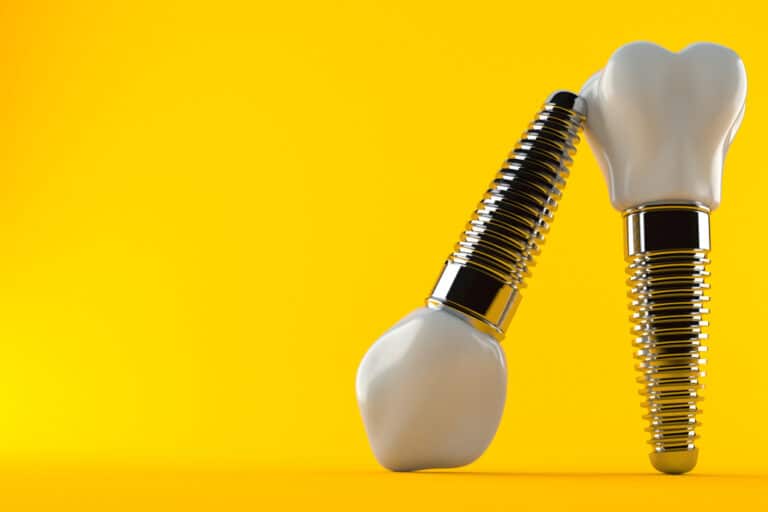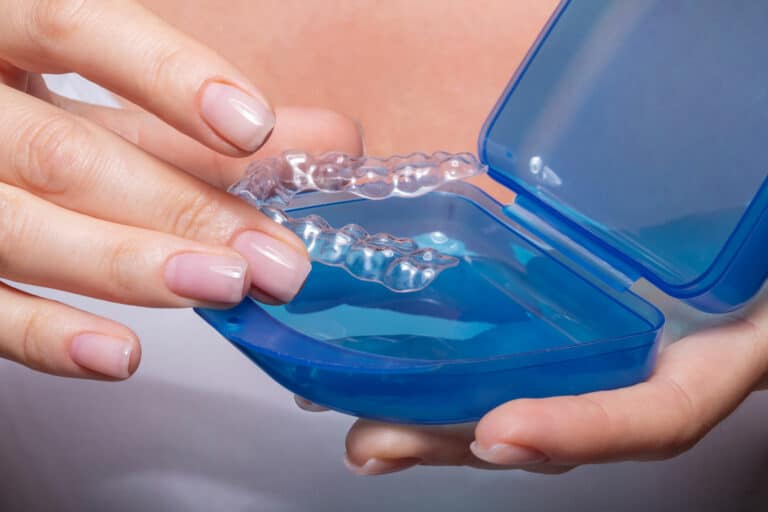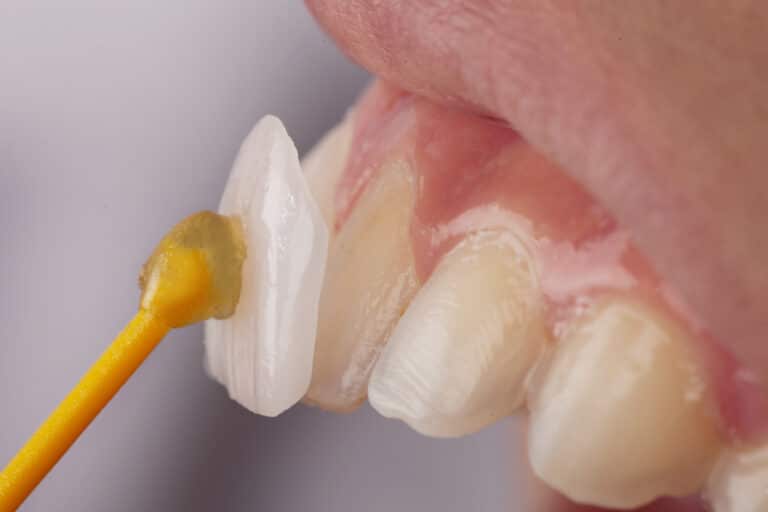Our teeth are complex structures that consist of hard and soft tissues, nerves, and blood vessels. You can better understand the importance of caring for your teeth when you understand the basic anatomy of a tooth. It can also help you understand the reason behind dental treatments at our Queens, NY office. Our dentists provide restorative and general dentistry services to help you maintain a healthy and beautiful smile above and below the surface.
Crown
The crown is the portion of the tooth that extends above the gum line. The crowns are composed of different shapes to meet our varying needs when biting into and chewing certain types of foods.
Root
The root of the tooth actually makes up more than half of the tooth. Tooth roots extend below the gum line and are embedded into the jawbone. Conditions such as gum disease can lead to exposed portions of the tooth root, which can cause severe pain and sensitivity.
Aveolar Process
Our teeth are not directly embedded in the jawbone. Instead, they sit in sockets that are held in place by the aveolar process. This contains bone tissue within the jawbone, including blood vessels, nerves, and more.
Enamel
This is the outermost layer of tissue on the tooth. It is actually one of the hardest tissues in the entire body and encompasses the entire crown. It protects the vulnerable underlying tissues of the tooth from decay.
Dentin
Although still considered a hard tissue, dentin is softer and more porous than enamel. It is the layer that exists just beneath the enamel. This tissue contains tubules that connect with the tooth’s nerves, which can lead to sensitivity if exposed.
Pulp
The pulp chamber sits within the center of the tooth and houses the pulp. These soft tissues contain blood vessels and nerves. The pulp is responsible for supplying the tooth with necessary nutrients to survive.
Cementum
This hard tissue covers and protects the tooth root. Cementum helps keep the tooth roots connected to the jawbone. If this tissue is damaged or weakened by periodontal disease, it can lead to tooth loss.
Periodontal Ligament
The periodontal ligament holds each tooth in place, along with the cementum. It also allows for a mild flexion of the teeth as we chew.
Root Canal
The root canal is a common misnomer for root canal therapy, which eradicates an infection from the root canal. The root canal itself is actually the openings that connect from the root to the pulp chamber. The blood vessels and nerves travel through these canals and connect with the rest of the mouth.
Schedule an Appointment
Now that you know the different parts of the tooth and their functions, you may have a better understanding of the importance of oral hygiene and regular dental cleanings and exams. You may even be able to better pinpoint what is wrong the next time you are in pain. Contact our office today to schedule an appointment so we can help you maintain all the parts of your smile.




